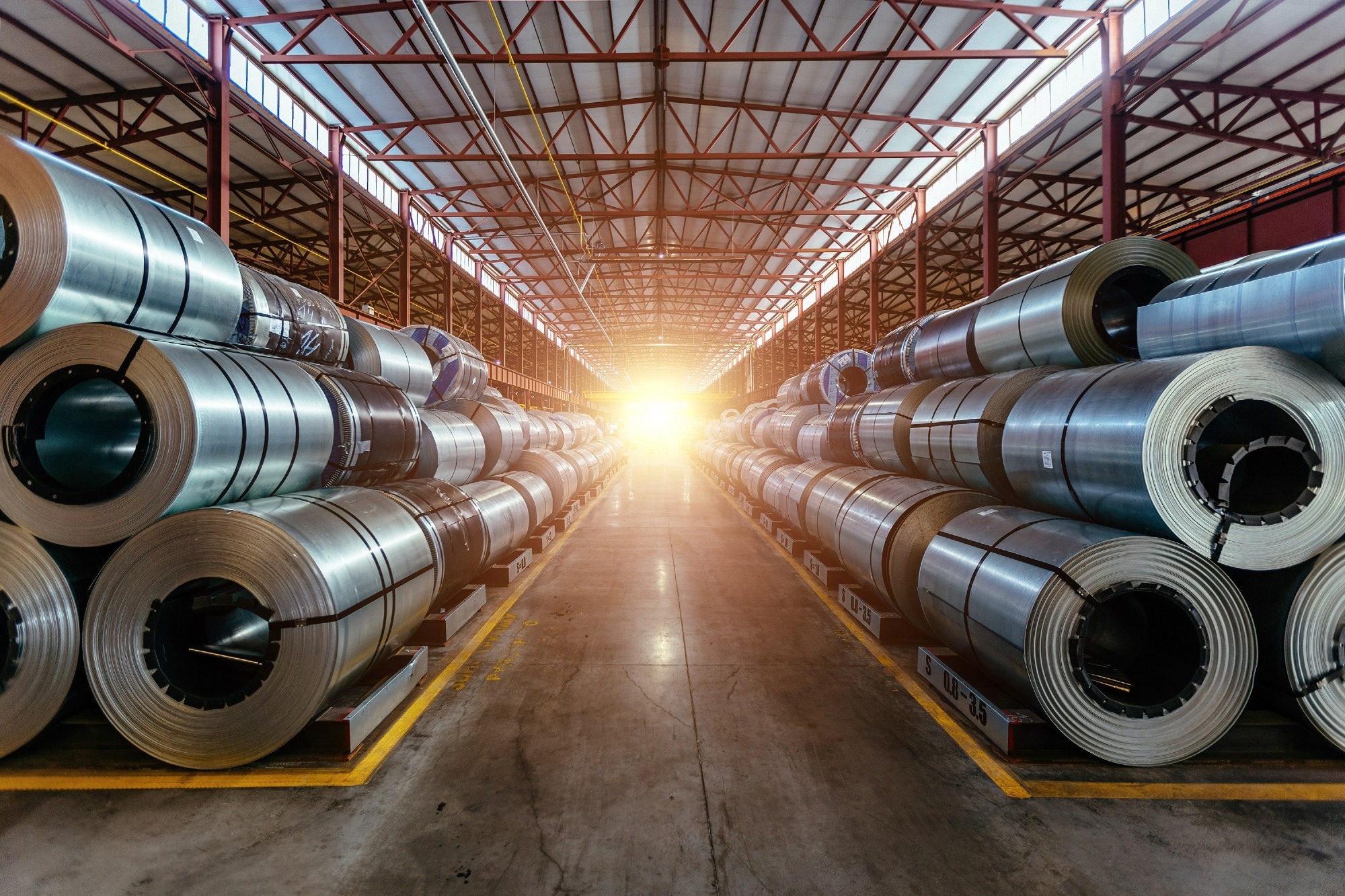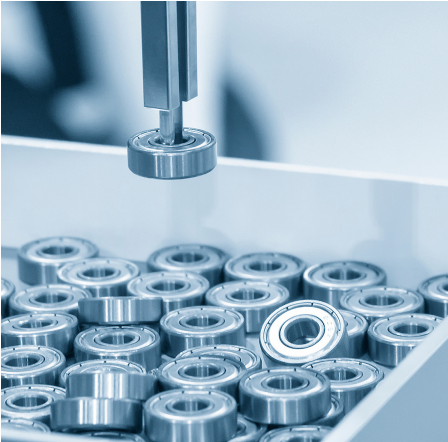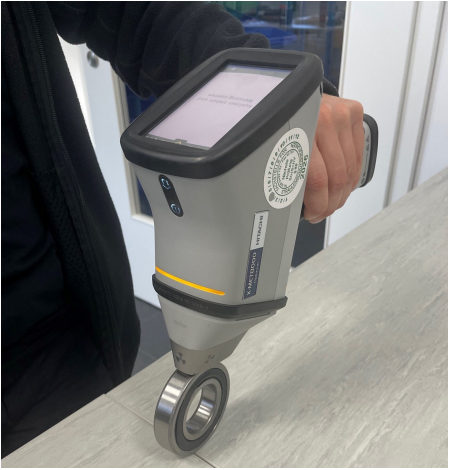Rolling bearings play a critical role in industry and technology, with their quality and durability being of utmost importance due to their use in various precision and long-lasting applications. Kugellager-Express GmbH, located in Schloß Holte-Stukenbrock, offers a wide range of rolling bearings and related accessories.

Image Credit: shutterstock.com/Vladimir Mulder
These products serve industries such as mechanical engineering, agriculture, conveyor technology, sports equipment, household appliances, and model construction. Each product undergoes a rigorous inspection to meet customer requirements, and Kugellager-Express holds certification according to DIN EN ISO 9001.
Comprehensive Incoming Goods Inspection
As a global supplier, the company ensures that all products undergo a detailed inspection of incoming goods. This critical quality control step upholds high standards, guaranteeing that only top-quality products are added to the inventory.
Stainless Steel or Not?
Kugellager-Express supplies rolling bearing products made from both bearing steel and stainless steel.
When it comes to meeting stringent corrosion resistance standards, identifying the specific type of stainless steel is crucial. Traditionally, when evaluating the corrosion resistance of stainless-steel rolling bearings, the material would be immersed in a water bath for an extended period of time.
Due to the time-consuming nature of this method and concerns from customers about the magnetic properties of delivered rolling bearings, an alternative analysis method has become necessary.
Unlike the more commonly known V2A stainless steel, the stainless steel used in rolling bearings is a different type, known as martensitic and hardenable, which can exhibit magnetic properties due to its manufacturing process.
X-Ray Fluorescence Analysis as A Solution
To this end, Kugellager-Express has designed a handheld XRF (X-Ray fluorescence) device. The X-MET8000 was selected for its swift and precise analysis of chemical composition without causing damage to items.
Using the X-MET8000, we can now examine the correct material of a significantly larger number of items compared to before, greatly enhancing product safety, which is invaluable.
Daniel Dust, Technical Director, Kugellager-Express GmbH
The successful implementation of this method can also be attributed to the personalized product training and instructional materials provided by Hitachi.

Image Credit: Hitachi High-Tech Analytical Science

Non-destructive analysis of a rolling bearing with the X-MET8000 XRF handheld device. Image Credit: Hitachi High-Tech Analytical Science
With the X-MET8000, consistent material analysis can be performed for all ordered products. Different stainless-steel grades for rolling bearings have varying corrosion resistance. The use of XRF helps select the stainless-steel grade with better corrosion resistance, adding value for customers.
The Benefits of Using X-MET8000 in Quality Control
- Security and Trust: Verification that rolling bearings are made from the specified material increases trust in the products.
- Quality Improvement: Analysis of the exact stainless-steel grade and ensuring corrosion resistance improves product quality.
- Traceability: The creation of a comprehensive material database to record the precise composition of each rolling bearing ensures full traceability, even in customer complaints.
- Speed and Precision: Utilizing XRF for quick and accurate analysis significantly expedites testing processes.
The Use of XRF in Outgoing Goods
Kugellager-Express encourages suppliers to adopt XRF analysis for outgoing goods control, ensuring the correct material is used in rolling bearings. Daniel Dust recommends the X-MET8000 to suppliers, highlighting its user-friendly operation and rapid, precise analysis results.
The introduction of the X-MET8000 XRF handheld device significantly improves quality control at Kugellager-Express, assuring customers will attain high-quality rolling-bearing products that meet stringent standards.

This information has been sourced, reviewed and adapted from materials provided by Hitachi High-Tech Analytical Science.
For more information on this source, please visit Hitachi High-Tech Analytical Science.